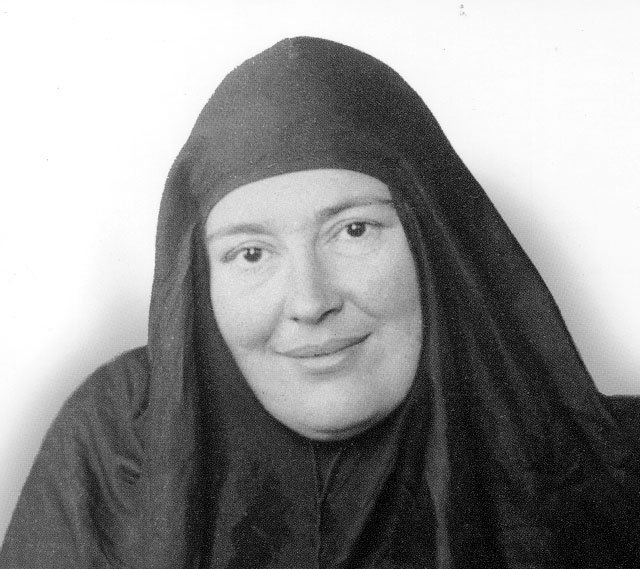skip to main |
skip to sidebar
The Russian Orthodox nun who was killed by the Nazis for hiding French Jews. To quote:
Born to a well to do, upper-class family in 1891 in Latvia, she was
given the name Elizaveta Pilenko. Her father died when she was a
teenager, and she embraced atheism. In 1906 her mother took the family
to St. Petersburg, where she became involved in radical intellectual
circles. In 1910 she married a Bolshevik by the name of Dimitri
Kuzmin-Karaviev. During this period of her life she was actively
involved in literary circles and wrote much poetry. Her first book, Scythian Shards, was a collection of poetry from this period. By 1913 her marriage to Dimitri had ended.
Through a look at the humanity of Jesus—"He also died. He
sweated blood. They struck his face"—she began to be drawn back into
Christianity. She moved—now with her daughter, Gaiana—to the south of
Russia where her religious devotion increased.
In 1918, after the Bolshevik Revolution, she was elected deputy
mayor of the town of Anapa in Southern Russia. When the White Army took
control of Anapa, the mayor fled and she became mayor of the town. The
White Army put her on trial for being a Bolshevik. However, the judge
was a former teacher of hers, Daniel Skobtsov, and she was acquitted.
Soon the two fell in love and were married.
Soon, the political tide was turning again. In order to avoid
danger, Elizaveta, Daniel, Gaiana, and Elizaveta's mother Sophia fled
the country. Elizaveta was pregnant with her second child. They
traveled first to Georgia (where her son Yuri
was born) and then to Yugoslavia (where her daughter Anastasia was
born). Finally they arrived in Paris in 1923. Soon Elizaveta was
dedicating herself to theological studies and social work.
In 1926, Anastasia died of influenza—a heartbreaking event for
the family. Gaiana was sent away to Belgium to boarding school. Soon,
Daniel and Elizaveta's marriage was falling apart. Yuri ended up
living with Daniel, and Elizaveta moved into central Paris to work more
directly with those who were most in need.
Her bishop encouraged her to take vows as a nun, something she did only with the assurance that she would not have to live in a monastery,
secluded from the world. In 1932, with Daniel Skobtov's permission, an
ecclesiastical divorce was granted and she took monastic vows. In
religion she took the name Maria. Her confessor was Father Sergius Bulgakov. Later, Fr. Dmitri Klepinin would be sent to be the chaplain of the house.
Mother Maria made a rented house in Paris her "convent." It was a
place with an open door for refugees, the needy and the lonely. It
also soon became a center for intellectual and theological discussion.
In Mother Maria these two elements—service to the poor and theology—went
hand-in-hand. (Read more.)
Here is a quote from her spiritual writings:
This necessity of choice always stands before each man: the warmth
and coziness of this earthly home, well-protected from wind and storms,
or the endless space of eternity, in which there is only one firm and
unquestionable thing, and this firm and unquestionable thing is the
cross.
And I think that anyone who has at least once felt himself
in this eternity, has at least once realized what path he is following,
has seen at least once the One who walks ahead of him, will find it hard
to turn from this path; to him all coziness will seem flimsy, all
riches without value, all companions unnecessary, if he does not see
among them the one Companion bearing the cross. To put it more
simply: a man’s whole life will seem dull, worthless, meaningless to
him, if it is not pierced through with eternity. (Read more.)
Share


















No comments:
Post a Comment